The power of the past: how ad agencies are reaching a new generation.

In the fast-paced, fragmented world of digital advertising, a new trend is emerging: a surprising return to the tactics of the past. Ad agencies, eager to cut through the noise and connect with a digitally savvy Gen Z audience, are finding that old-school methods are more effective than ever. This isn’t just about nostalgia; it’s about a deeper understanding of how to build genuine relationships and trust with a generation that values authenticity. By embracing the creative, tangible, and personal, brands are learning that sometimes, the best way to get a new consumer’s attention is to look back.
1. Using a tactile, tangible approach with direct mail.

Gen Z has grown up with a constant stream of digital advertising, so a physical piece of mail—a beautifully designed postcard, a letter, or a package—can feel incredibly personal and special. Brands are sending out these tangible items to create a memorable and authentic connection with consumers, a refreshing change from the endless banner ads and email spam.
The tactile nature of direct mail creates a deeper sense of engagement. It’s an object that a person can hold, and it stands out in a way that a digital ad simply can’t, making it a powerful and surprising way to grab a consumer’s attention.
2. Embracing the nostalgia of retro fonts and aesthetics.
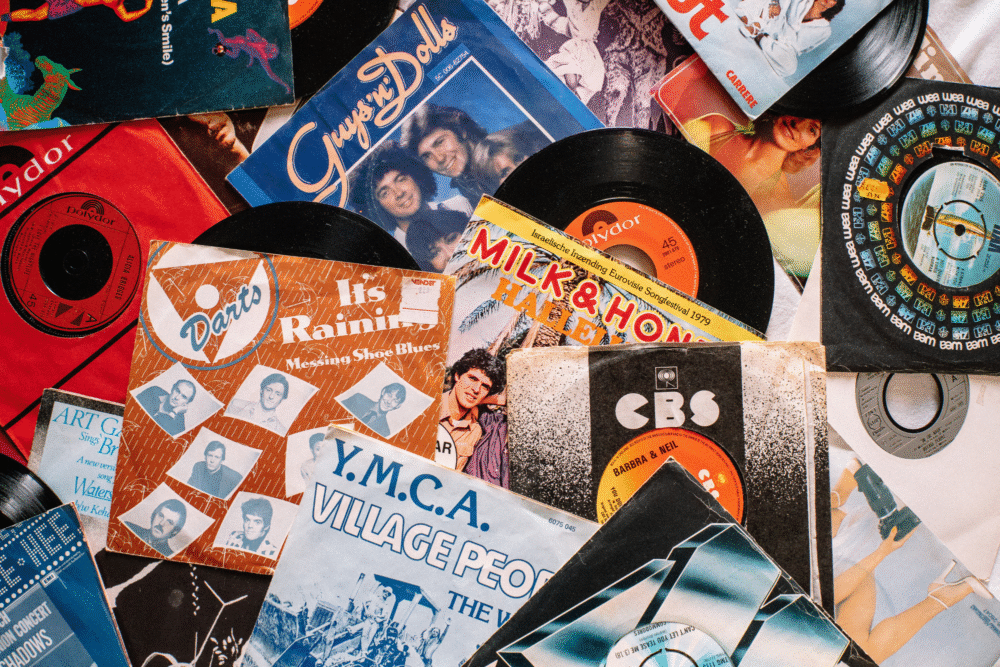
Brands are using a creative and bold strategy of tapping into the nostalgia of the ’80s and ’90s with retro fonts, colors, and design aesthetics. For Gen Z, who didn’t grow up with these styles, they feel fresh and new. This aesthetic is often associated with a sense of carefree fun and an era before digital overload, which makes it particularly appealing.
This retro approach allows brands to stand out from the sleek, minimalist designs that dominate the digital world. It’s a visual shortcut to authenticity, showing that a brand isn’t afraid to be playful and a little bit different.
3. Partnering with zines and low-tech publications.
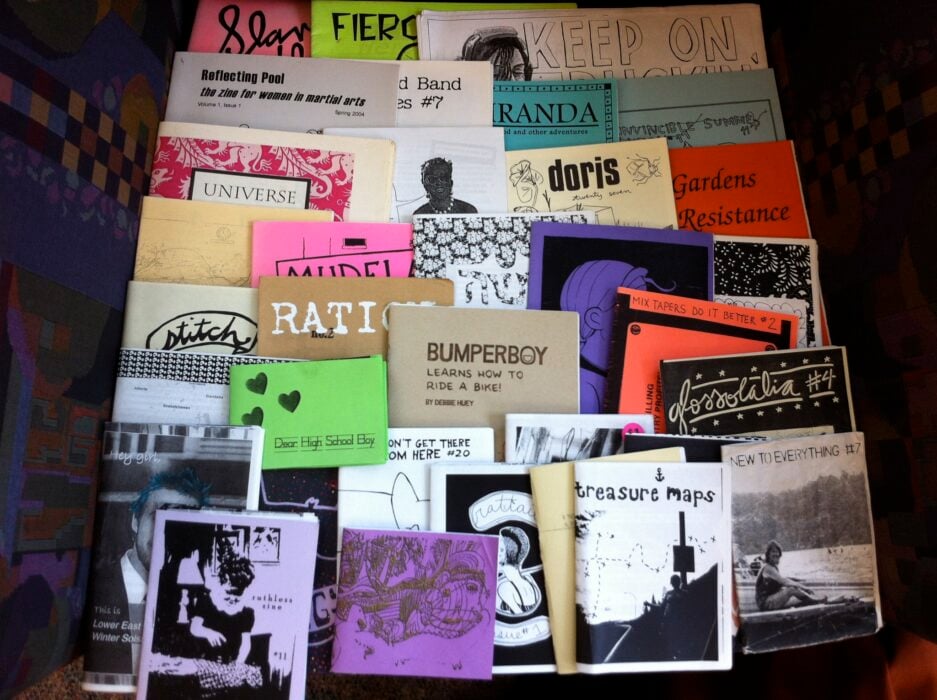
Zines and independent publications, with their handcrafted and personal feel, are a major source of inspiration for Gen Z. Ad agencies are partnering with these low-tech publications to reach an audience that values authenticity and independent thought. A well-placed ad in a zine feels like a personal recommendation, not a mass-market push.
This tactic shows that a brand understands and respects the culture of its target audience. It’s a way to connect in a more meaningful and credible way, by being a part of a community rather than just an advertiser.
4. Creating experiences through pop-up shops and events.

Pop-up shops and immersive events are a modern take on the old-school road show or product demo. These in-person experiences give Gen Z a chance to interact with a brand in a physical space, fostering a deeper connection and a sense of community. The focus is on creating a memorable experience rather than just selling a product.
This approach is particularly effective for a generation that values experiences over possessions. It allows brands to tell a story and build a relationship in a way that can’t be replicated online.
5. Using simple, straightforward storytelling.

In an age of complex, high-budget ads, some agencies are finding success with simple, straightforward storytelling. This can take the form of a heartfelt testimonial, a short film, or a comic strip. These narratives feel more authentic and personal than a slick, overly produced commercial.
This tactic speaks to Gen Z’s desire for honesty and transparency. They appreciate brands that are willing to be vulnerable and tell a genuine story, rather than just try to sell them something.
6. The return of the mascot with a modern twist.
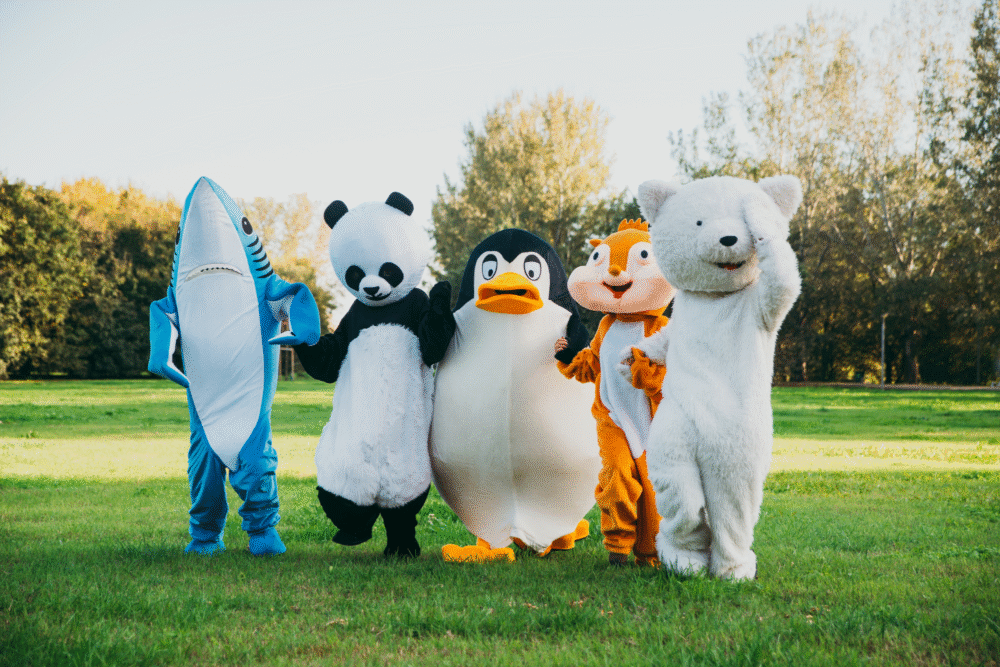
Mascots are making a comeback, but with a more modern and self-aware twist. Instead of just being a cartoon character, these new mascots have their own social media presence and personality. They are a fun and memorable way for a brand to connect with Gen Z on a personal level.
A well-developed mascot can serve as a brand’s ambassador, offering a human-like face and voice in a crowded digital space. This approach adds a playful and creative element to a brand’s marketing strategy, making it more relatable.
7. Utilizing public art and murals for brand messaging.
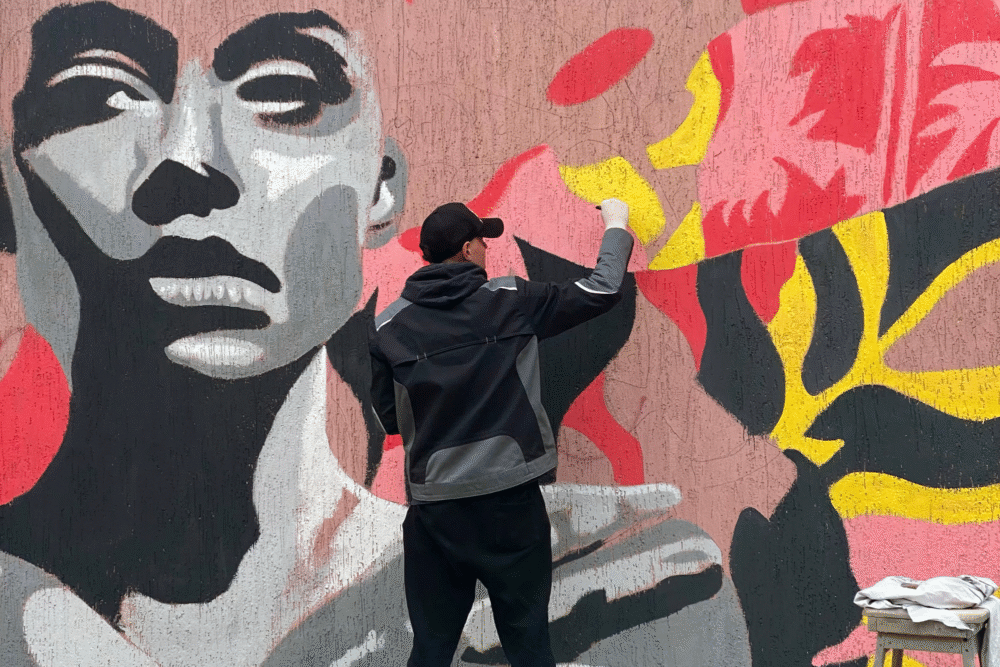
Ad agencies are taking their campaigns to the streets with public art and murals. A beautiful and thought-provoking piece of art in a public space can generate buzz and create a sense of community around a brand. It’s a way to engage an audience without a screen, and it shows that a brand is invested in the culture of a city.
This tactic is a creative way to advertise that feels more like a gift to the community than a commercial. It’s an unexpected and welcome way to get a brand’s message out there.
8. Sponsoring local grassroots events and communities.

Rather than just sponsoring large, corporate events, some agencies are choosing to partner with local, grassroots communities and events. This could be anything from a local music festival to a small art show. This approach demonstrates a brand’s commitment to supporting genuine, local culture.
This strategy builds trust and credibility with Gen Z, who value authenticity and community. It shows that a brand is not just looking for a sale but is invested in the well-being of the people it serves.
9. The power of word-of-mouth with community building.

Ad agencies are realizing that the most powerful marketing tool is still word-of-mouth. Instead of relying on a traditional advertising campaign, they are focusing on building a strong community around a brand, both online and offline. By creating a sense of belonging, they are turning consumers into brand advocates.
This approach is about creating a brand that people genuinely love and want to share with their friends. It’s a more organic and sustainable way to build a loyal following and a testament to the power of authentic connection.
10. Using physical billboards with a creative twist.

In a world saturated with digital screens, a physical billboard can feel retro and fresh. Ad agencies are using billboards with a creative twist, such as interactive elements or thought-provoking messages. The permanence and simplicity of a billboard can make it stand out in a way that a fleeting digital ad cannot.
This tactic shows a brand’s willingness to be creative and bold in its marketing approach. It’s a great way to make a statement and to capture a consumer’s attention without being overly intrusive.
11. Creating limited-edition, collectible items.
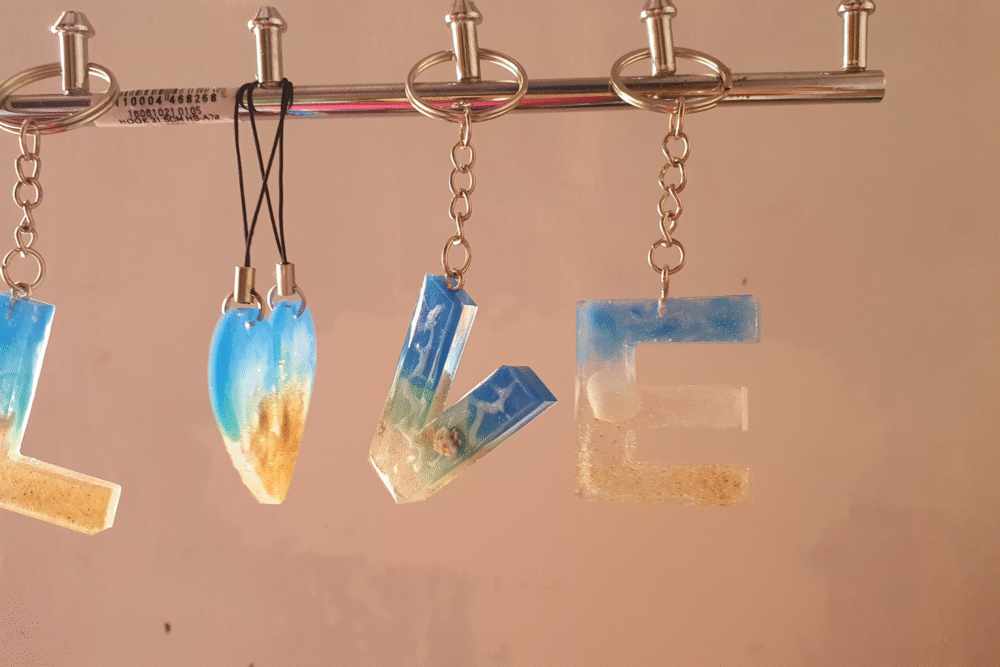
Ad agencies are tapping into the old-school thrill of collecting with limited-edition, collectible items. This could be anything from a unique piece of merchandise to a limited-run product. The scarcity of these items creates a sense of urgency and excitement, encouraging Gen Z to engage with a brand in a new way.
This strategy turns a simple product into a desirable object, building a sense of community and brand loyalty among those who are able to acquire the collectible.
12. Utilizing vintage clothing as a brand platform.

Some brands are partnering with vintage stores or creating their own line of vintage-inspired clothing to connect with Gen Z. This approach taps into the generation’s love for sustainable and unique fashion. By associating a brand with vintage style, they are able to convey a sense of authenticity and timelessness.
This strategy is a clever way to advertise without directly selling. It’s a way to become a part of the culture that Gen Z already loves and to build a brand that feels both new and classic.
